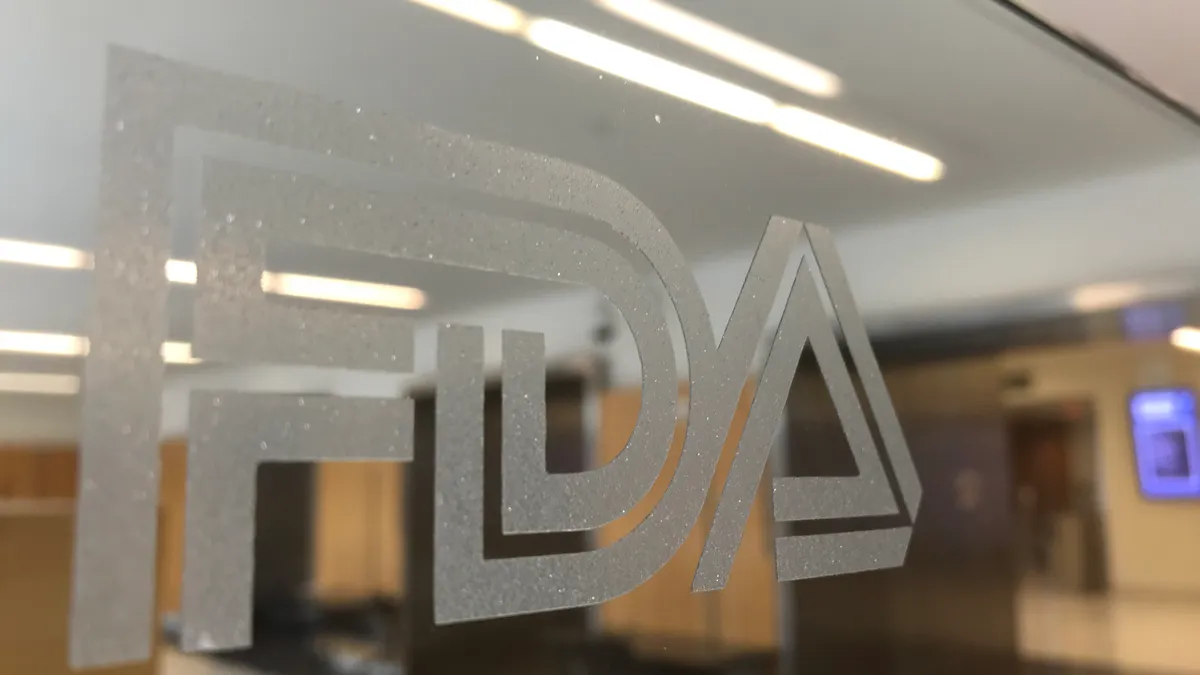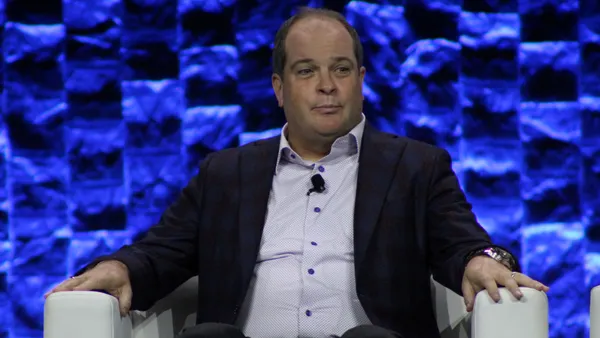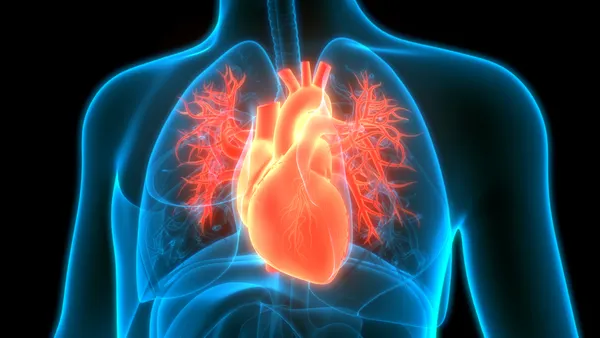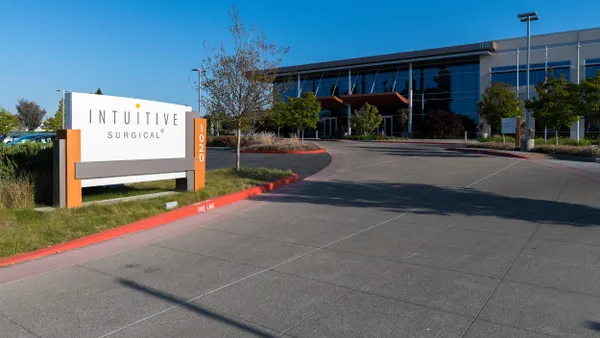Dive Brief:
- FDA has granted premarket approval to BaroNova for a device to treat obesity that is inserted into the stomach, where it delays gastric emptying. It is removed after 12 months.
- The device, called the TransPyloric Shuttle system, is placed and removed through the mouth in an endoscopic procedure.
- Approval was based on the company's 270-patient pivotal study in which people treated with the device lost three times more weight on average than patients who had a sham procedure in the control group.
Dive Insight:
Despite obesity prevalence at 39.8% in 2015-16, affecting about 93.3 million U.S. adults, according to the Centers for Disease Control and Prevention, therapeutic options have not made a dent. Conditions linked to obesity include heart disease, stroke, Type 2 diabetes and some forms of cancer.
Stubbornly high rates globally show the need for an effective treatment, despite substantial public health efforts to address the problem. Optimism at the start of the decade about progress has been tempered, according to a 2018 editorial in the Journal of the American Medical Association. The AMA recognized obesity as a disease in 2013.
When lifestyle modifications are not enough, physicians may prescribe weight-loss medications or suggest weight-loss surgery. BaroNova's system offers a non-surgical option.
The BaroNova device is indicated to treat obesity in patients with a body mass index of 30-40 kg/m2. The company's clinical study met its primary endpoints for percent total body weight loss 12 months after the procedure and the proportion of subjects in the treatment group achieving 5% total body weight loss. Approximately 67% of people treated with the device lost 5% or more of their body weight, exceeding the pre-specified performance target of 50%. Forty percent (40%) of those treated with the device lost 10% or more of their weight.
The Mayo Clinic lists several surgical options to treat obesity. They include gastric bypass, in which the surgeon creates a pouch at the top of the stomach that is connected to the small intestine, allowing food and liquid to bypass most of the stomach. Other surgical approaches include gastric banding, where bands are placed at the top of the stomach to leave a small portion available for food. Biliopancreatic diversion and gastric sleeve procedures both involve removing part of the stomach.
Last week, FDA granted De Novo clearance to an edible hydrogel capsule that releases absorbent particles that swell in the stomach to create gel pieces with the firmness of plant-based foods, meant to create a feeling of fullness. The mechanical modes of action involve mean it's regulated as a medical device.
In 2015, FDA approved an implantable, vagus nerve blocking neuromodulation device from EnteroMedics, now known as ReShape Lifesciences. A pulse generator implanted under the skin in the abdomen sends electrical signals via wire leads and electrodes to the vagus nerve.
Also in 2015, FDA approved two intragastric balloon devices sold by manufacturers ReShape and Apollo Endosurgery. In 2016, FDA approved a third balloon system, made by Obalon, that delivers three balloons in a swallowable capsule that are filled with air.
In 2017, FDA alerted the public to complications with the liquid-filled devices, including four deaths tied to the Orbera balloon made by Apollo and one death linked to the ReShape balloon.
Other device-based treatments on the market include Aspire Bariatrics' AspireAssist that uses a surgically placed tube to drain some stomach contents and PureTech's edible hydrogel capsule, called Plenity, intended to create a feeling of fullness.













